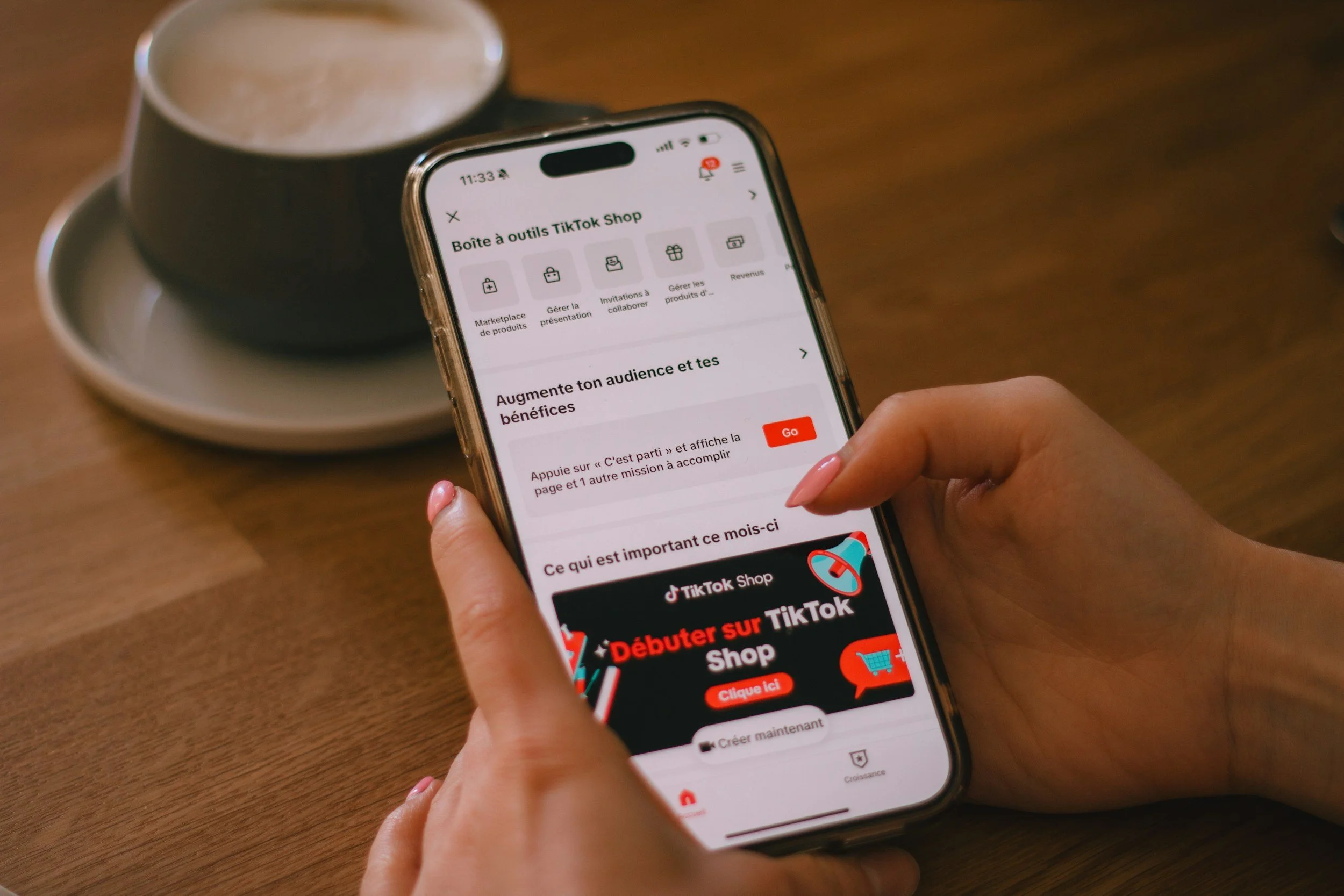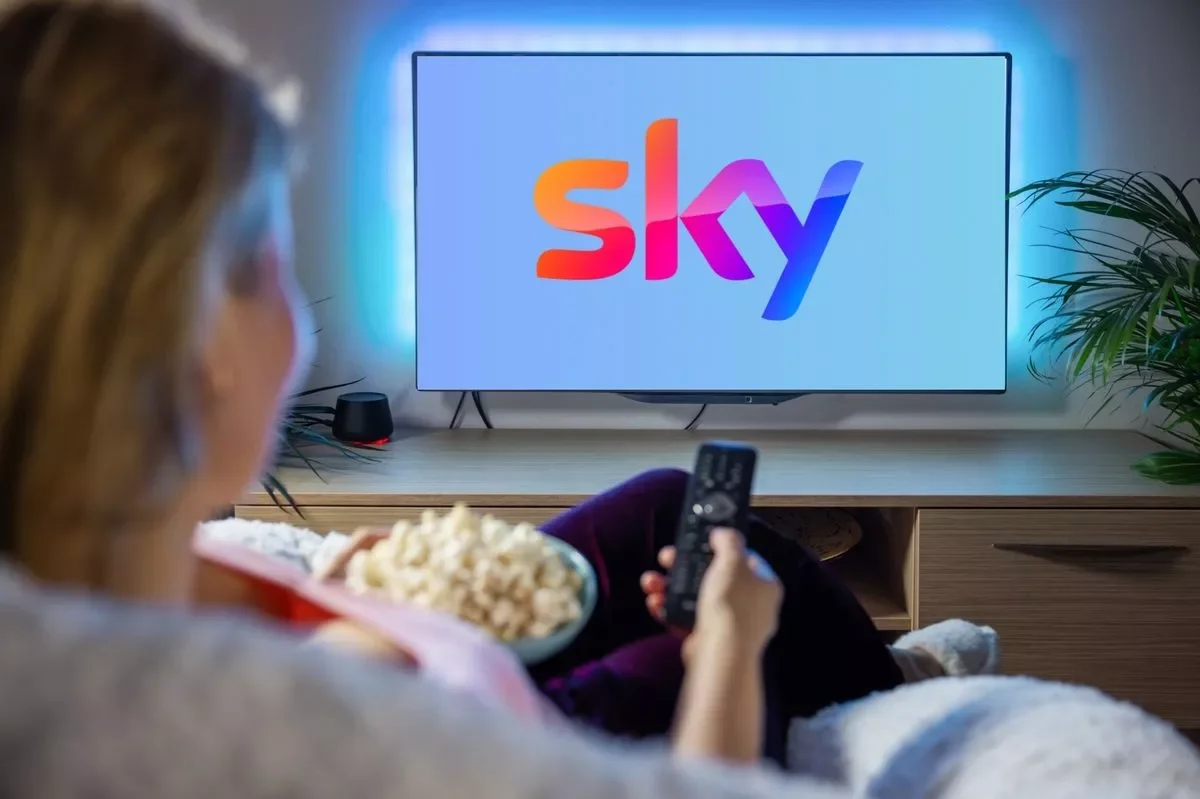The importance of Shoppable Content.
Shoppable Content
Key Takeaways
Frictionless commerce wins – shoppable content turns inspiration into purchase instantly, reducing drop-offs across the consumer journey.
Authenticity drives results – creator-led, community-driven, and lifestyle-integrated shoppable content outperforms overtly pushy campaigns.
The future is immersive and personalised – AR, AI-driven recommendations, and livestream shopping will transform content into commerce experiences.
Introduction
Consumers today don’t just want to browse. They want to discover, be inspired, and purchase — all in one seamless journey.
Enter shoppable content.
Whether it’s an Instagram Story with product tags, a TikTok video linking directly to checkout, or an interactive lookbook on a brand’s website, shoppable content allows people to buy the moment they feel inspired.
For marketers, this represents a shift from awareness-driven campaigns to frictionless commerce, where content isn’t just about engagement but also about immediate action.
So, why is shoppable content so important, and how can brands harness it? Let’s break it down.
What is Shoppable Content?
Shoppable content refers to any digital content — video, image, article, or livestream — that enables direct purchase within the experience itself.
Examples include:
Instagram or TikTok posts with tagged products.
YouTube videos featuring clickable product cards.
Blog articles with embedded shopping links.
Livestreams where viewers can add products to cart in real time.
Interactive catalogues, lookbooks, or even ads with built-in “buy now” features.
The goal is simple: reduce the number of clicks between discovery and purchase.
Why Shoppable Content Matters
1. Reducing Friction in the Customer Journey
Traditional digital campaigns often follow a funnel: inspire, drive traffic, convert. But every click is a potential drop-off point.
Shoppable content removes barriers by allowing consumers to act at the peak of interest. If they see something they like, they can buy instantly — without switching apps or retracing steps.
2. Meeting Consumers Where They Are
Today’s consumer journey is fragmented across platforms. People discover products on TikTok, research them on YouTube, and purchase via Instagram or a retailer site.
Shoppable content brings the entire journey into a single interaction, aligning with modern browsing habits where convenience is king.
3. Turning Inspiration into Sales
Platforms like TikTok and Pinterest thrive on discovery-driven behaviour. Consumers aren’t always searching for something specific — they’re looking for ideas. Shoppable content converts inspiration into measurable sales by making every moment of discovery transactional.
4. Increasing Conversion Rates
Studies show shoppable content consistently delivers higher engagement and conversion rates than traditional display ads. Why? Because it integrates seamlessly into the user experience instead of interrupting it.
5. Creating New Revenue Streams
For publishers and creators, shoppable content adds a monetisation layer. Media companies, influencers, and even micro-creators can generate revenue by embedding products within their content — creating new partnerships between brands and audiences.
Where Shoppable Content Works Best
Instagram and TikTok
Both platforms have fully embraced social commerce. Product tagging, in-app storefronts, and live shopping events allow brands to turn campaigns into retail experiences.
YouTube
With product tagging in videos and integration with Google Shopping, YouTube enables direct purchasing alongside long-form and short-form video. It’s a natural fit given YouTube’s dominance in “how-to” and product review content.
Pinterest has always been about inspiration and planning, making it a perfect platform for shoppable pins and catalogues. Audiences here arrive with intent, often using the platform as a shopping mood board.
Livestream Shopping
Already massive in Asia and growing fast globally, livestream shopping brings together entertainment, influencer marketing, and real-time purchasing. Brands can demonstrate products, answer questions, and sell instantly.
Websites and Blogs
Shoppable lookbooks, embedded product links, and interactive catalogues turn owned media into commerce hubs. For brands with strong storytelling strategies, this keeps audiences engaged while shortening the path to purchase.
Best Practices for Shoppable Content
1. Keep It Seamless
The power of shoppable content lies in ease. Every added step weakens the effect. The transition from inspiration to purchase should feel natural and uninterrupted.
2. Make It Authentic
Shoppable content works best when it doesn’t feel forced. Collaborations with influencers, user-generated content, or lifestyle photography that integrates products into real-life scenarios build trust and authenticity.
3. Balance Storytelling with Sales
Consumers don’t want to feel like they’re watching a catalogue. Lead with engaging, entertaining, or educational content — then layer in the shopping functionality.
4. Use Data to Personalise
Leverage audience insights to tailor shoppable experiences. For example, feature recommended products based on browsing history, or highlight seasonal trends that align with consumer behaviour.
5. Test Across Formats
Different platforms and formats drive different behaviours. Test shoppable Stories versus in-feed posts, livestreams versus catalogues, to identify what works for your audience.
Challenges to Consider
While shoppable content offers huge potential, marketers must navigate a few challenges:
Platform dependency: Relying too heavily on one social platform risks overexposure to algorithm changes.
Attribution: Tracking conversions across shoppable content can be complex, especially when multiple platforms are involved.
Content quality: Poor creative execution makes shoppable features feel gimmicky rather than useful.
Consumer scepticism: Shoppers want authenticity. Overtly pushy or overproduced shoppable experiences can backfire.
The solution? A well-balanced, multi-platform strategy underpinned by strong creative and transparent tracking.
The Future of Shoppable Content
Shoppable content is more than a passing trend — it’s a fundamental shift in how content and commerce interact. As technology evolves, we can expect:
More immersive formats — AR and VR shoppable experiences where consumers try products virtually before purchasing.
AI-driven recommendations — personalised shoppable feeds that anticipate consumer needs in real time.
Creator-led commerce — influencers and creators developing their own shoppable ecosystems, blurring the line between content and retail.
Global adoption of livestream shopping — transforming brand launches and seasonal campaigns into interactive, high-conversion events.
For marketers, the opportunity lies in experimenting today, building experience, and refining strategies before shoppable content becomes completely mainstream.
Final Word
Shoppable content sits at the intersection of storytelling and commerce. It transforms inspiration into immediate action, reduces friction in the buying journey, and creates new ways for brands to connect with audiences.
The brands that win will be those that integrate shopping seamlessly into content, rather than treating it as an afterthought.
From social media to livestreams to interactive catalogues, shoppable content is changing the rules of digital marketing. And for marketers willing to adapt, it offers not just engagement, but measurable growth.
So the real question isn’t whether to use shoppable content. It’s: how quickly can you make it part of your strategy?
To learn more about Shoppable Content, get in contact today.












